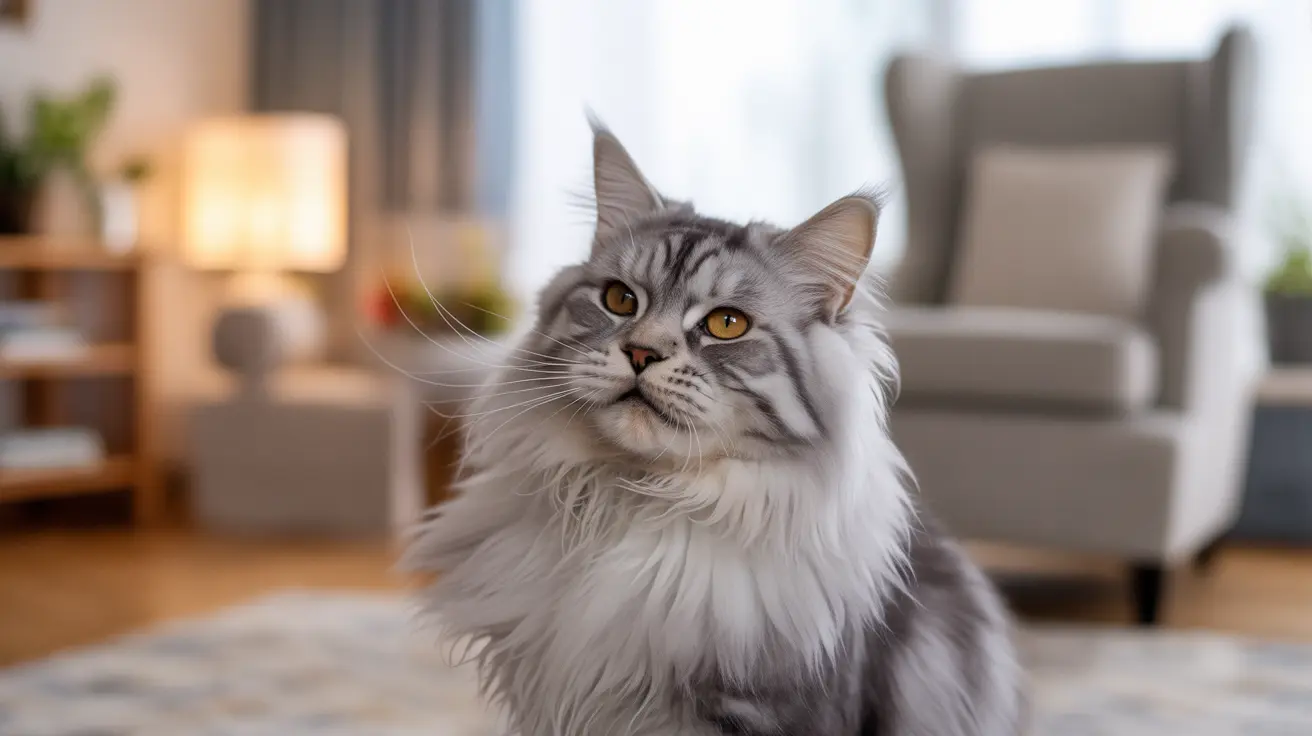Understanding Why Traditional Apologies Don't Work with Cats
Cats process the world differently than humans do. They rely primarily on body language, scent, and behavioral patterns rather than verbal communication. When you've upset your cat, saying "I'm sorry" won't mean much – it's your actions and non-verbal cues that truly matter.
The Right Approach to Apologizing to Your Cat
Give Them Space First
The initial step in any feline apology is allowing your cat adequate time to process their stress or fear. Forcing interaction too soon can worsen the situation and erode trust further. Wait until your cat shows signs of relaxation, such as normal breathing patterns and relaxed ear positioning.
Read Their Body Language
Look for these positive signals that indicate your cat is ready to accept your apology:
- Relaxed whiskers and ears
- Slow blinking
- Tail held high with a slight curve
- Natural walking pace
- Soft meows or purring
Effective Apology Techniques
The Slow Blink Method
One of the most powerful ways to apologize to your cat is through the "slow blink" technique. Make soft eye contact with your cat and slowly close your eyes for a few seconds before opening them again. This gesture communicates trust and safety in cat language.
Offering Peace Offerings
Once your cat shows signs of receptiveness, you can:
- Present their favorite treats
- Offer a beloved toy
- Set up an engaging play session
- Create a cozy spot near you with a fresh blanket
Rebuilding Trust Over Time
Genuine reconciliation requires patience and consistency. Maintain a calm demeanor and predictable routine in the days following the incident. This helps your cat feel secure and reinforces your role as a trusted companion.
Frequently Asked Questions
How can I truly apologize to my cat when I accidentally upset them?
Give your cat space first, then use gentle body language, slow blinks, and a soft voice. Once they show signs of receptiveness, offer treats or toys as peace offerings.
What body language should I use to show my cat I'm sorry?
Use slow blinks, avoid direct staring, keep your body relaxed, and position yourself at their level. Turn your body slightly sideways rather than facing them directly.
How do I know when my cat is ready to forgive and trust me again?
Look for signs like slow blinking, approaching you voluntarily, rubbing against you, or sitting nearby. Purring and relaxed body language are also positive indicators.
Are there special signs or behaviors cats use to "say sorry" back to their owners?
Yes, cats may show forgiveness through head-butting, purring, bringing toys, grooming you, or choosing to sit close by. These are all positive signs of reconciliation.
What common mistakes should I avoid when trying to make amends with my cat?
Avoid forcing interaction, picking up your cat without permission, making loud noises, or rushing the reconciliation process. Let your cat set the pace for rebuilding trust.
Conclusion
Successfully apologizing to your cat requires understanding their unique communication style and respecting their need for space and time. By following these guidelines and remaining patient, you can effectively rebuild trust and strengthen your bond with your feline companion.
Remember that each cat is unique, so pay attention to your pet's individual preferences and signals. With consistency and respect for their boundaries, most cats will readily accept a sincere apology delivered in their own language.






